Digital transformation and accelerating change at IASP Nantes
/Debating_the_roles_relevance_and_results_of_ST.jpg)
The 4th Industrial Revolution affects our modern societies in myriad ways, as new economic, social, political, and environmental challenges emerge through new means of production. Its impact is felt across all sectors and communities, but areas of innovation and science parks are uniquely placed to ensure that its impact is sustainable for the economy and society as a whole.
IASP Nantes, which took place from 24-27 September in Nantes, France, brought together innovation ecosystem experts, corporates, startups, public sector leaders and academics from around the world to discuss “The 4th Industrial Revolution: areas of innovation and science parks as key boosters for a successful transition,” and to explore how digitalisation and other technological transformations can improve both human wellbeing and productivity.
Pre conference seminar: learning from international experts
The IASP Pre conference seminar offered incoming CEOs, newcomers to our industry and managers of new innovation ecosystem projects the chance to hear from six experts in various aspects of STP and AOI management in a dynamic one-day event.
Opening ceremony and keynote speaker
With IASP Director General Luis Sanz as master of ceremonies, the conference was officially opened by Chair of the International Board of Directors Paul Krutko (Ann Arbor Spark, USA). Local host and organiser Jean François Balducchi, CEO of Atlanpole, welcomed nearly 800 delegates from over 60 countries and thanked former French Prime Minister Jean-Marc Ayrault for joining the event.
The accelerating pace of change facing major industry was the thread running through the address from keynote speaker Alain Tropis, head of digital manufacturing and services at Airbus, who reflected on the new operating models and customer demands faced by big companies in the digital era, illustrated by the vastly different techniques used in aircraft design in the 1960s compared to today.
Digital transformation, accelerating change and sustainability
Other industry speakers echoed the same awareness of rapid industrial change, the need for ever faster development and reaction to customer needs. Yves Lostanlen, invited speaker from Element AI (Canada) also emphasised the clear competitive advantages of digital intelligence, addressing some of the myths and realities of AI and its impact on individuals and society, as well as the importance of maintaining a human focus as machines grow increasingly complex and autonomous. Finding the balance between technology and the human factor is one key way in which science parks and areas of innovation are supporting their companies and communities into the 4th Industrial Revolution, with meeting human needs and bottom-up innovation a recurrent theme in manufacturing, in smart cities and in technological development. Human beings need a thriving planet to live on, and using digital tools to advance sustainability and fossil free initiatives was another key trend that STPs and AOIs are helping to drive.
The changing and unchanging role of STPs and AOIs
Even as they support their companies and cities through the 4th Industrial Revolution, STPs and AOIs are feeling its impact on their own structures and ways of working. The different management and ownership models of science parks and areas of innovation were on the agenda, as well as how they are embracing new trends such as co-working spaces with their “managed serendipity” to spark interdisciplinary innovation between individuals. Public-Private Partnerships were also debated at a session linked to IASP’s collaboration with JRC, the science and knowledge service of the European Commission.
Outgoing IASP CEO Luis Sanz led a special talk-show session with his “Late Morning Show,” interviewing park leaders from the UK, Italy, Russia and the USA as they reflected on their mission, relationship with universities and the public sector, and the different regulatory and cultural challenges across the world. Specialisation versus a multi sector approach, private versus public, self-contained science park campus versus city centre innovation district: the key theme from this no-holds barred session was that all these models have more similarities than differences. They all work for the prosperity and well-being of their cities and regions, they are all increasingly connected to their local community, and they all create spaces and places where innovative people can come together to live, work and play.
IASP would like to thank gold sponsors Airbus and TusPark, silver sponsors Naval Group and Engie, and bronze sponsors La Poste, Leyton and PCT Cartuja for their generosity.
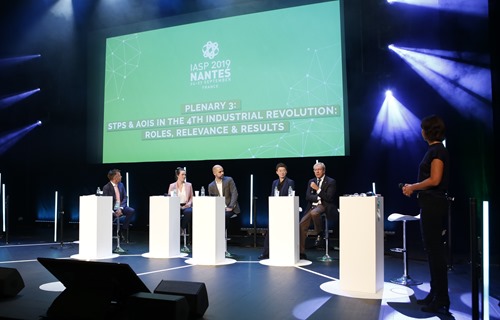
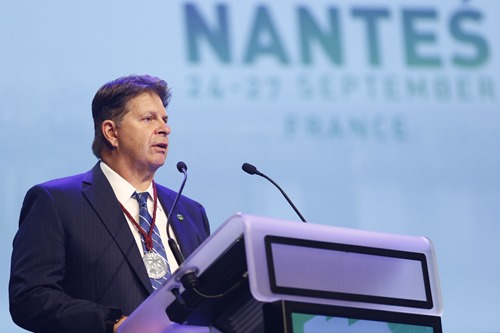
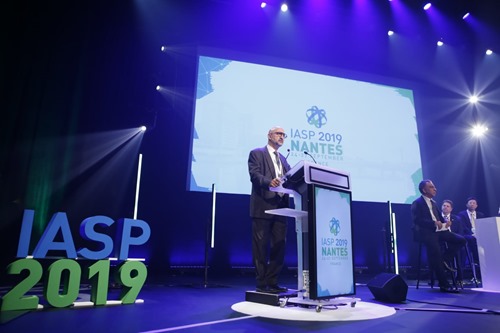
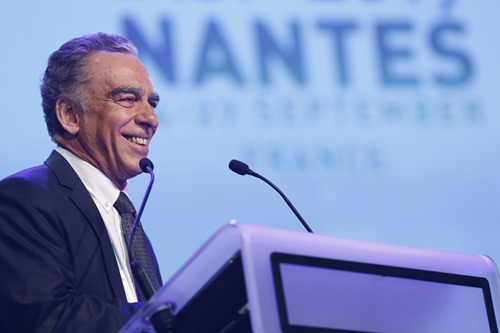
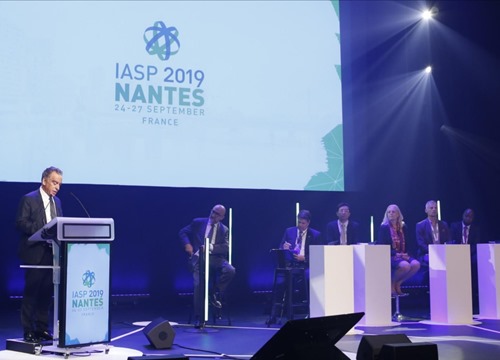
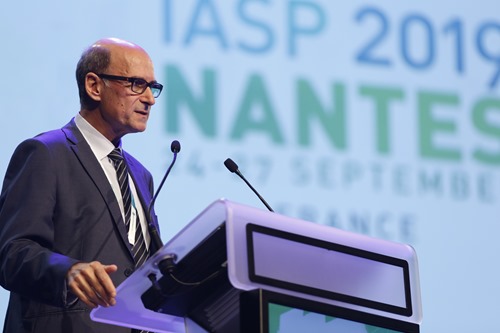
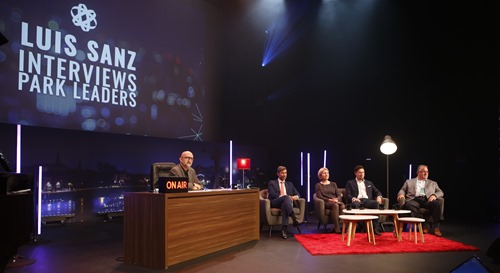
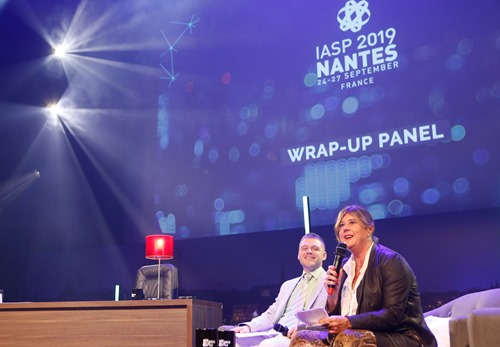
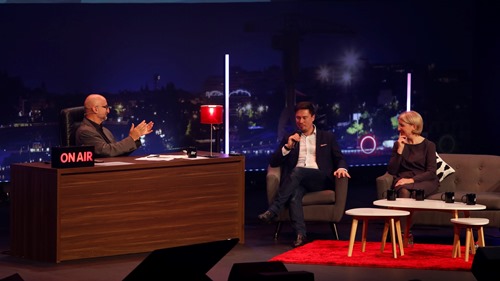
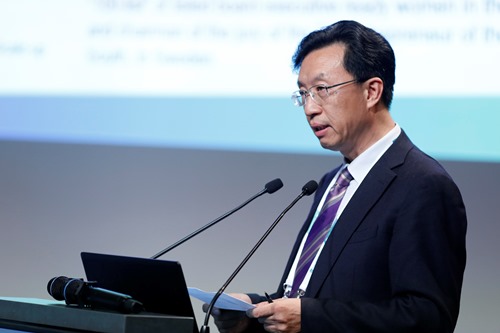
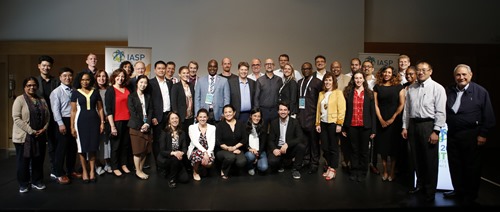
/)

/canvascolor(0xffffffff)/2019_11_12_China_Tuspark_(Jiangsu).png)
/canvascolor(0xffffffff)/rs_ystp-logo-en-high-02.png)
/canvascolor(0xffffffff)/2025_01_30_The_Netherlands_Noviotech_campus.png)
/canvascolor(0xffffffff)/InnoPark.png)
/canvascolor(0xffffffff)/Nosp_logo-svart_(2).png)
/canvascolor(0xffffffff)/2018_01_25_Italy_Comonext.png)
/canvascolor(0xffffffff)/2017_11_13_Spain_Tecnocampus_3.jpg)
/canvascolor(0xffffffff)/Logotyp_Pos_Round_3.png)
/canvascolor(0xffffffff)/2024_01_09_Logo_Business_Turku_2.png)
/canvascolor(0xffffffff)/2024_05_08_Edmonton_Research_Park_Logo.png)
/canvascolor(0xffffffff)/2022_11_11_Thailand_Prince_of_Songkla_University_SP.jpg)
/canvascolor(0xffffffff)/IMG_6669_1.png)
/canvascolor(0xffffffff)/WhatsApp_Image_2024-03-11_at_10.37.06.jpg)
/canvascolor(0xffffffff)/WMV_logo_PNG_2024-03-03_14_03_12_1.png)
/canvascolor(0xffffffff)/Logo_ZEDE_Color_1.jpg)
/canvascolor(0xffffffff)/Future_Metals_Technoparks.jpg)
/canvascolor(0xffffffff)/WhatsApp_Image_2023-08-01_at_14.01.59_5.jpg)
/canvascolor(0xffffffff)/pcyt_3.jpg)
/canvascolor(0xffffffff)/2019_08_30_UK_Here_East.jpg)
/canvascolor(0xffffffff)/ZGC_Group_SP_logo_1.png)
/canvascolor(0xffffffff)/PPPT_pion_logo_CMYK_L_(003)_3.jpg)
/canvascolor(0xffffffff)/RSTP_Logo-01_8.png)
/canvascolor(0xffffffff)/2025_11_04_Saudi_Arabia_Dhahran_Techno_Valley.png)
/canvascolor(0xffffffff)/LOGO-PC-TEC.png)
/canvascolor(0xffffffff)/ODTU_TEKNOKENT_logo_2016.png)
